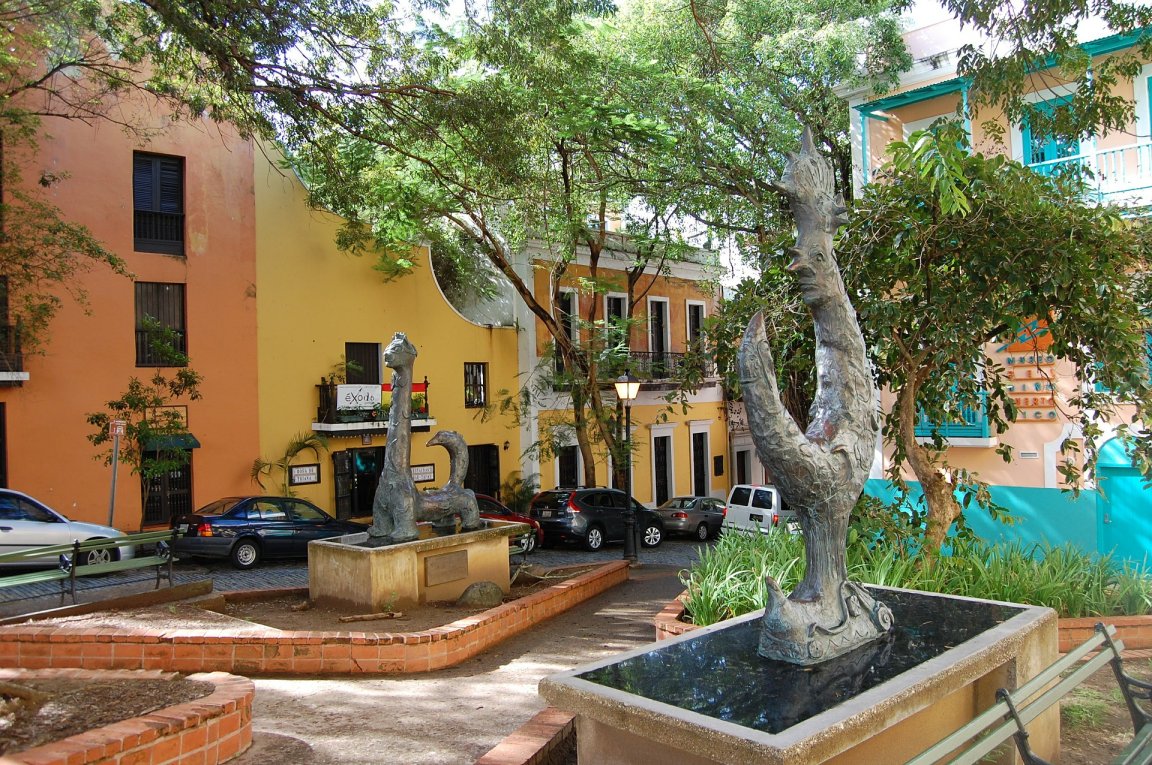
Rebuilding the Grid
The devastating effect of Hurricane Maria has left Puerto Rico without power—but even before the storm, the territory’s electric grid was somewhat outdated. Outages were common, and prices were high. While the current situation is bleak, there are hopes that it could foster a much-needed renovation of the US territory’s infrastructure.

On Friday, Puerto Rico’s governor Ricardo Rosselló proposed the idea of switching the island over to a microgrid system. This would localize the production of electricity to smaller regions, each of which would be powered by a small-scale power plant, such as a compact solar array or a few wind turbines. Some microgrids are connected to one another by transmission lines, but this is not necessary.
“We can start dividing Puerto Rico into different regions…and then start developing microgrids,” said the governor, according to a report from Yahoo News. “That’s not going to solve the problem, but it’s certainly going to start lighting up Puerto Rico much quicker.”
One German energy-storage company, Sonnen GmbH, is already donating microgrid systems that could get the process started. Working with local company Pura Energia, which hooks its solar panels to Sonnen’s batteries, Sonnen is providing microgrids to 15 storm-ravaged centers on the island, and expects demand for additional systems on the island to rise. If it does, the company plans to donate the profits from local sales to build up to 35 more microgrids on Puerto Rico.
Power Struggle
Switching to a microgrid powered by renewable resources like wind and solar energy would have a positive effect on the environment, make things cheaper for residents of Puerto Rico, and leave less infrastructure to rebuild the next time a hurricane hits. Plus, fewer links between each section of the grid would localize outages in the case of a storm, and microgrids can rebound more quickly from blackouts by sourcing power from alternate energy and backup storage.
However, there are also other solutions on the table.
Before Hurricane Maria, officials were prepping a transition to natural gas, which would have reportedly cost $380 million. While natural gas provides a cheap source of energy, the effect of the Jones act would likely undermine these savings.
Earlier this week, energy secretary Rick Perry has raised the idea of implementing small-scale nuclear power in disaster areas like Puerto Rico. While this form of energy production is by no means perfect, efforts are being made to improve upon current methodology.